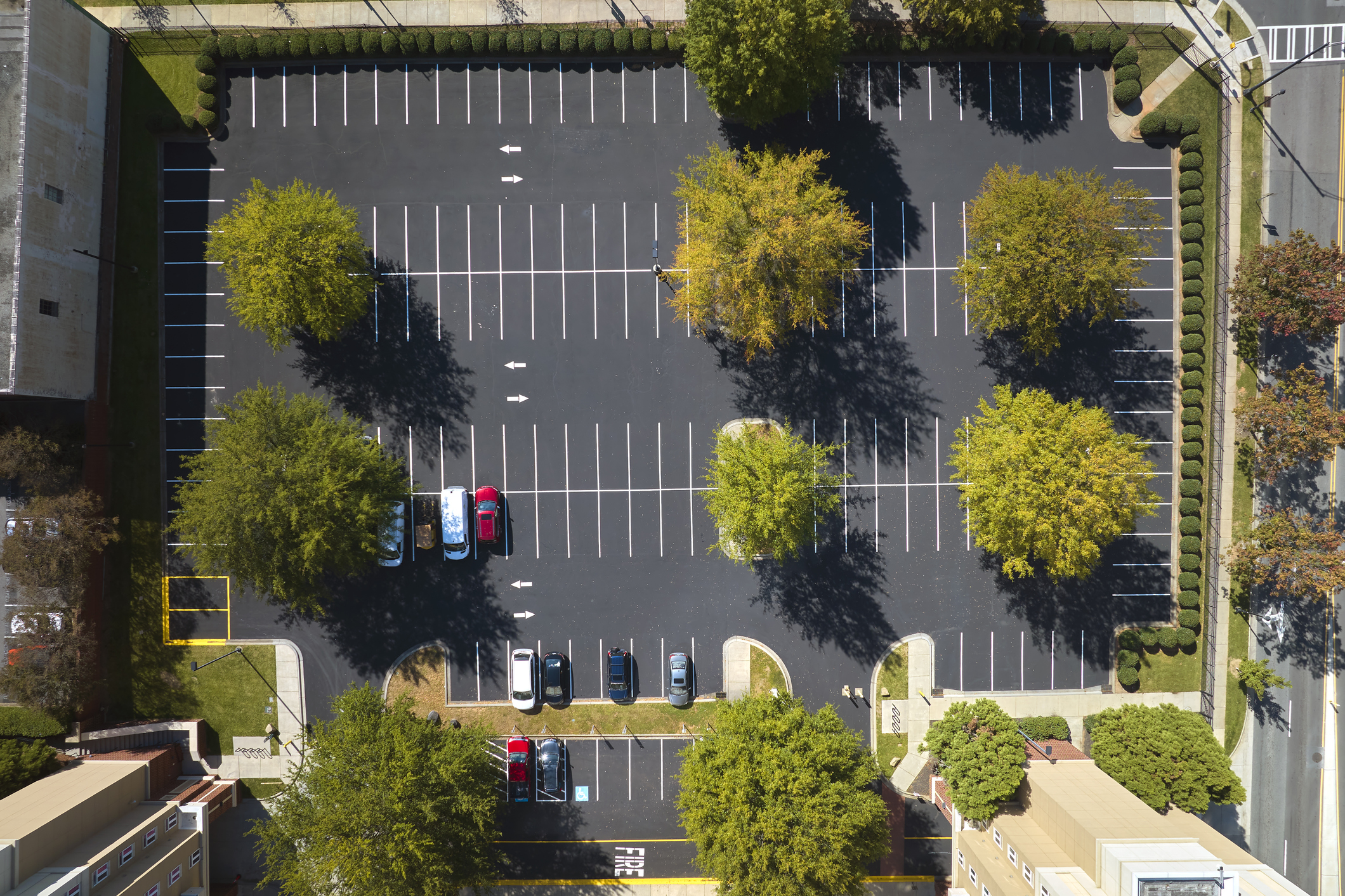
Every September, an event unfolds across the globe that invites us to reconsider the purpose of our urban spaces. Known as PARK(ing) Day, this annual event transforms ordinary parking spaces into vibrant, temporary public parks. What began as a small experiment in urban design has grown into a worldwide movement, inspiring creativity, community engagement, and discussions about how we use our cities.
The Origins of PARK(ing) Day
PARK(ing) Day originated in San Francisco in 2005 as a grassroots initiative. The idea was simple: to convert a single metered parking space into a temporary public park. The initiative aimed to draw attention to the limited availability of open spaces in cities and to challenge the dominance of cars in urban environments. What started as a small, localized experiment quickly resonated with people around the world, leading to its expansion as an international event.
The Global Spread of PARK(ing) Day
Over the years, PARK(ing) Day has evolved into a global celebration, with participants in cities across continents joining in to reimagine their streets. The concept remains consistent: individuals, artists, and community groups take over parking spaces, converting them into mini-parks, art installations, or spaces for social interaction.
In New York City, PARK(ing) Day is celebrated with enthusiasm, as participants transform bustling streets into areas of greenery, seating, and creative installations. From pop-up libraries to yoga classes, New Yorkers use this day to temporarily reclaim their streets for communal activities. Similarly, in London, the event sees a range of innovative parklets that encourage residents to think about how urban spaces can be repurposed for leisure, art, and socializing.
In cities like Melbourne and Sydney, PARK(ing) Day has gained popularity as a way to explore urban sustainability. Here, participants often use the day to highlight environmental issues, such as the importance of green spaces for mental and physical well-being. These cities see a mix of green installations, with plants and trees temporarily replacing parked cars, offering a glimpse of what more sustainable urban planning could achieve.
Across Europe, cities like Berlin and Paris have embraced PARK(ing) Day as an opportunity to critique car-centric urban planning. In Berlin, the event is often used to promote cycling and public transportation, with temporary bike lanes and pedestrian-friendly zones taking over the streets. Paris, known for its ambitious efforts to reduce car traffic, sees PARK(ing) Day as an extension of its broader goals to create a more livable city, with many participants advocating for permanent changes.
PARK(ing) Day as a Platform for Social Issues
Beyond its environmental and urban planning roots, PARK(ing) Day has also become a platform for addressing various social issues. In cities like Los Angeles and Chicago, participants often focus on social justice, using the event to highlight issues like homelessness, inequality, and the need for more inclusive public spaces. Temporary shelters, food distribution points, and community art projects are some of the ways these cities use PARK(ing) Day to draw attention to pressing social concerns.
In Latin America, PARK(ing) Day is celebrated with a strong community focus. Cities like Bogotá and Mexico City see the event as a way to foster community engagement and reclaim public spaces for the people. These cities often turn parking spaces into areas for communal dining, cultural performances, and discussions about the role of public space in fostering community well-being.
Celebrating PARK(ing) Day as Parking Professionals
For parking professionals, PARK(ing) Day offers a unique opportunity to engage with the communities they serve and to rethink the role of parking in urban life. This day is a chance to showcase the creative potential of parking spaces and to explore innovative ways to integrate these areas into the fabric of the city.
Parking professionals are uniquely positioned to lead the charge in transforming urban environments. By participating in PARK(ing) Day, they can demonstrate how parking spaces can be reimagined as multi-functional areas that serve not just vehicles, but people. Whether it's through creating temporary parks, art installations, or community spaces, parking professionals can use this day to highlight the versatility and importance of thoughtful parking design.
Moreover, PARK(ing) Day serves as a reminder of the evolving nature of urban mobility and the role that parking plays within it. As cities move towards more sustainable transportation options, parking professionals can use this day to advocate for balanced approaches that incorporate green spaces, pedestrian-friendly areas, and sustainable parking solutions.
By embracing PARK(ing) Day, parking professionals can not only contribute to the global conversation about urban space but also position themselves as forward-thinking leaders in urban planning. This day is an opportunity to connect with communities, inspire change, and showcase the potential of parking spaces as dynamic, valuable parts of the city landscape.
A Vision for the Future
PARK(ing) Day serves as a reminder that urban spaces can be more than just functional—they can be places of joy, creativity, and community. By temporarily reclaiming parking spaces, participants challenge the status quo and inspire new ways of thinking about how we use our cities. The event continues to grow each year, sparking conversations about urban design, sustainability, and social equity.
As we look to the future, PARK(ing) Day offers a vision of cities where public spaces are prioritized over cars, where green spaces are accessible to all, and where creativity and community are at the heart of urban life. Whether you're in a bustling metropolis or a small town, PARK(ing) Day invites you to imagine what your city could be if we reclaimed just a little more space for the people.
Conclusion
PARK(ing) Day is more than just a day of temporary parks—it's a global movement that encourages us to rethink our urban environments. It reminds us that change is possible, and that even small actions, like converting a parking space into a park, can have a big impact. As this movement continues to grow, so too does our collective imagination about the possibilities for our cities.
 About Parking Network
About Parking Network
Parking Network is the leading information source for parking. We connect professionals through our online and offline channels. On our online platform parking.net, we publish the latest news, product showcases, job openings, and tenders related to parking. On our platform, you can access the most complete industry and parking professionals directory. Offline, we host niche-specific networking events such as the Airport Parking Network Event.








